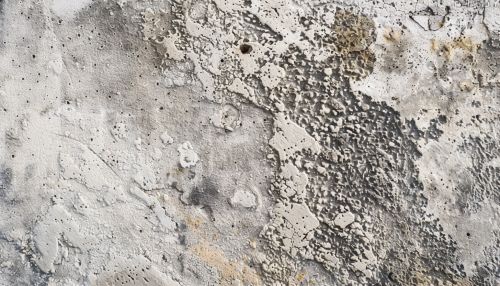Concrete
Introduction
Concrete is a composite material composed of fine and coarse aggregate bonded together with a fluid cement (cement paste) that hardens (cures) over time. In the past, lime-based cement binders, such as lime putty, were often used but sometimes with other hydraulic cements, such as a calcium aluminate cement or with Portland cement to form Portland cement concrete (named for its visual resemblance to Portland stone).


Composition
Aggregate
Aggregates, which make up roughly 60% to 75% of ready-mix concrete's volume, are obtained from quarries and aggregate banks. Aggregate consists of large chunks of material in a concrete mix, generally a coarse gravel or crushed rocks such as limestone, or granite, along with finer materials such as sand.
Cement
Cement, usually in powder form, acts as a binding agent when mixed with water and aggregates. This combination, or concrete mix, will be poured and harden into the durable material with which we are all familiar. There are many types of cement but Portland cement is the most commonly used because it binds well with most aggregates and cures to a strong, durable material.
Water
Water is needed to chemically react with the cement (hydration) and too much water will result in a weaker concrete. The amount of water in the mix compared to the amount of cement is called the water/cement ratio. The lower the w/c ratio, the stronger the concrete. (higher strength, less permeability)
Additives
Chemical admixtures are materials in the form of powder or fluids that are added to the concrete to give it certain characteristics not obtainable with plain concrete mixes. In normal use, admixture dosages are less than 5% by mass of cement and are added to the concrete at the time of batching/mixing.
Properties
Strength
The strength of concrete is essentially dependent on the ratio of the cement to water used in the concrete mix. The aggregates used must be strong enough to withstand the loads applied to the concrete and be porous enough to allow for the evaporation of water from the mix.
Durability
Durability is the ability of concrete to resist weathering action, chemical attack, and abrasion while maintaining its desired engineering properties. Different concretes require different degrees of durability depending on the exposure environment and the properties desired.
Workability
Workability can be described as the ease with which a mass of concrete can be mixed, placed, compacted and finished to a homogenous condition. Good workability is required for full compaction with minimum effort and to ensure homogeneity.
Production
Concrete production is the process of mixing together the various ingredients—water, aggregate, cement, and any additives—to produce concrete. Concrete production is time-sensitive. Once the ingredients are mixed, workers must put the concrete in place before it hardens.
Applications
Concrete is used more than any other man-made material in the world. As of 2006, about 7.5 billion cubic meters of concrete are made each year—more than one cubic meter for every person on Earth. It vastly used in the construction industry for the production of buildings, bridges, roads, and more.
Environmental Impact
The cement industry is one of the primary producers of carbon dioxide, a potent greenhouse gas. Concrete causes damage to the most fertile layer of the earth, the topsoil. Concrete is used to create hard surfaces which contribute to surface runoff that may cause soil erosion, water pollution and flooding.
See Also
Cement Construction Building materials
